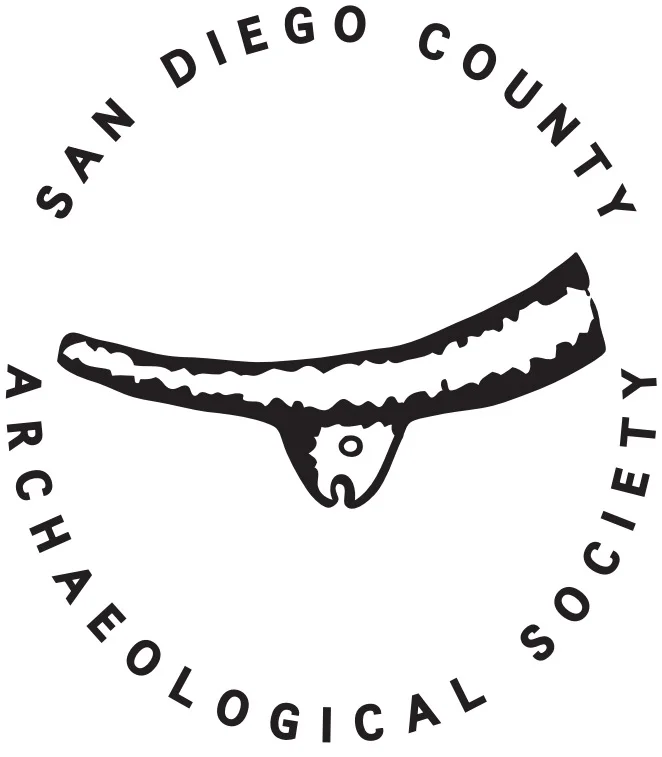Topic: Geomicrobiology Experiments on Desert Varnish, Rubification, and Encrusting Caliche in the Anza Borrego Desert
Speaker: Eleanora (Norrie) Robbins
A trio of substances is found on rocks and artifacts in the Anza-Borrego Desert. Black/brown desert varnish composed primarily of manganese oxides is the best known. But the undersides of artifacts often have red iron oxide which is called rubification (see photo). Furthermore, some artifacts have a rim of white calcium carbonate that is otherwise called caliche.
Having a geomicrobiology background, I tend to focus on supposedly abiotic chemical reactions that, instead, are catalyzed by bacteria. Elusive timing for these reactions in the desert makes it a challenge to run microbial experiments. For example, research is suggesting that desert varnish may be related to ice-age climatic regimes when the desert was subjected to way more rainfall and colder weather. The closest we can come to this ancient regime is to run experiments over very long time scales that include many rainy seasons and winters.
With that caveat, I used a microbial ecology technique of putting out microscope slides on boulders and rocks in the desert. I put them out in 2002 and studied the microbial populations that colonized them since then. Mn-oxidizing Leptothrix discophora is present on several sets I pulled in 2016. So Mn-oxidizing bacteria do participate in Mn fixation in desert varnish.
Rubification experiments started in 2019 haven’t yielded any results yet. But my hypothesis is that water standing under rocks and artifacts during the rainy season supports iron oxidizing bacteria that are reacting to reduced iron minerals in the sediment. Calcification experiments started in 2019 haven’t yielded any results yet either. But my hypothesis is that water standing around the rims of rocks and artifacts is ideal habitat for photosynthetic cyanobacteria that precipitate CaCO3. An interesting observation is that white quartz and feldspar pebbles and artifacts have green rims from colonizing cyanobacteria. It will be interesting to compare species entombed by caliche with those forming dark green rims.
